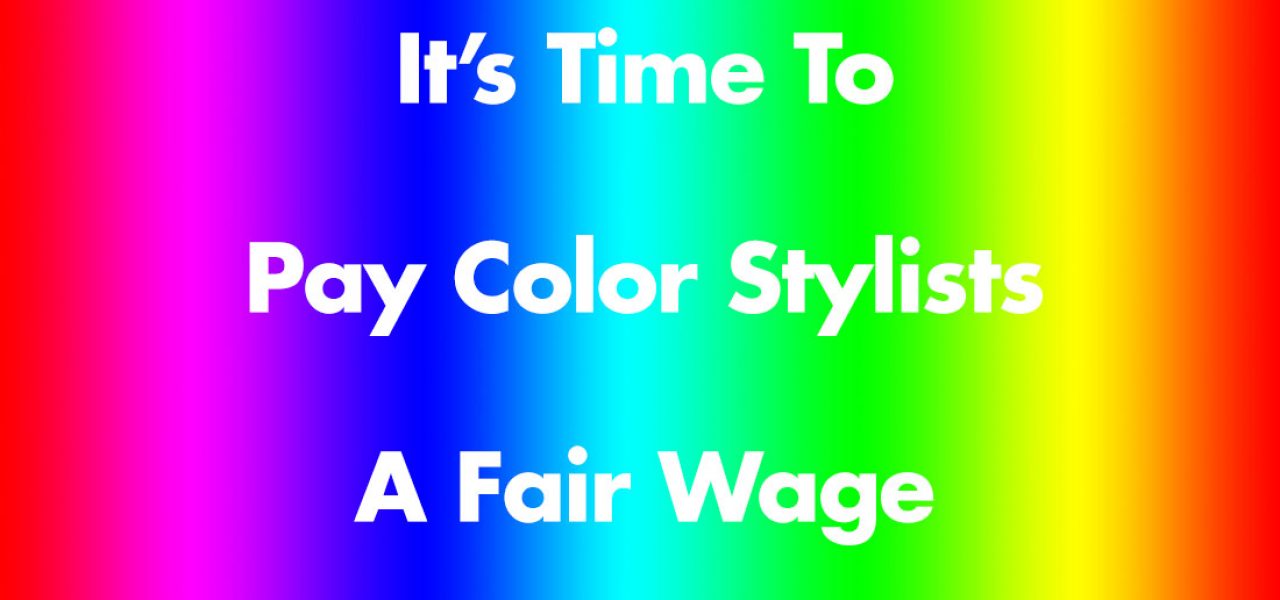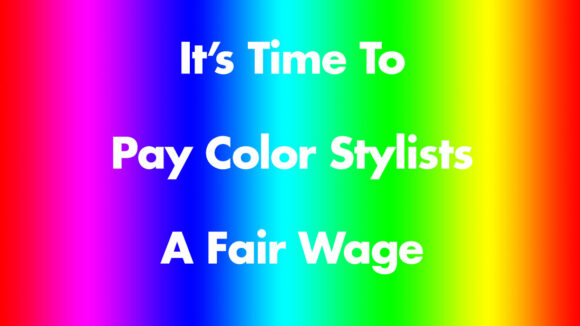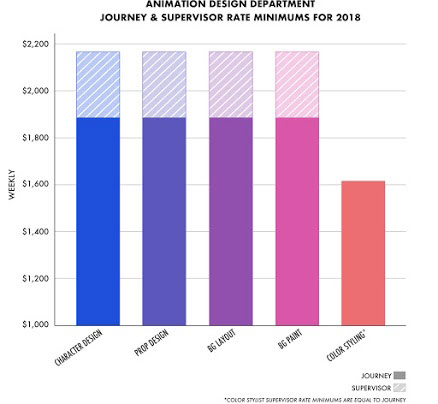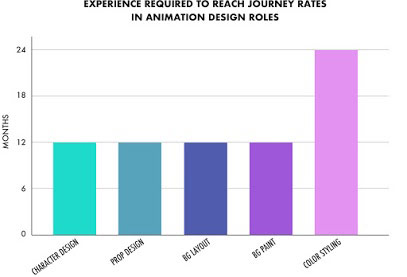

Color Stylists In The L.A. Animation Industry Demand Pay Equity
Color stylists in the Los Angeles animation industry are petitioning animation studios and the Alliance of Motion Picture and Television Producers (AMPTP)to start respecting the work that they do and pay them the same wages as similar positions represented by the industry’s union, The Animation Guild.
Color stylists not only choose the colors for characters, they are essential to creating mood and lighting in tv and feature productions, as well as establishing cohesive art direction across the entire production. As the petition points out, “Stylists’ responsibilities have grown to include other design or production tasks such as creating special lighting and palettes, cleaning or revising files, compositing models with backgrounds, formatting files for shipping, and preparing route sheets.”
Currently, color stylists are separated from all of their colleagues holding similar positions in the Guild’s collective bargaining agreement. While character/prop design, background layout, and background paint are all classified under the “Animation” section of the Guild contract, and share the exact same pay scale minimums, color stylists reside in the “Ink and Paint” section of the Guild’s contract. It’s an antiquated throwback to an earlier animation era when color stylists worked in the ink-and-paint department alongside inkers, painters, and cel Xerox personnel.
As the charts below illustrate, minimum weekly wages for a “Journey Color Stylist” are 16.8% less than the rest of the design department, yet it takes twice as long for a Color Stylist to reach Journey status compared to every other design role. So basically, color stylists have to work twice as hard as everyone else to make the cut, only to receive less than everyone else once they finally make it.


Not surprisingly, there is some gender-based pay inequity at play here. In today’s Guild, where only around 25% of the membership is female, the color stylist position is among the only categories that is majority female, with 52% of the people represented being female.
The solution here is very simple should the studios wish to enact change: re-categorize color styling so that it matches up equitably with similar design-oriented positions in current productions. To show your support for color stylists, sign the petition here.
